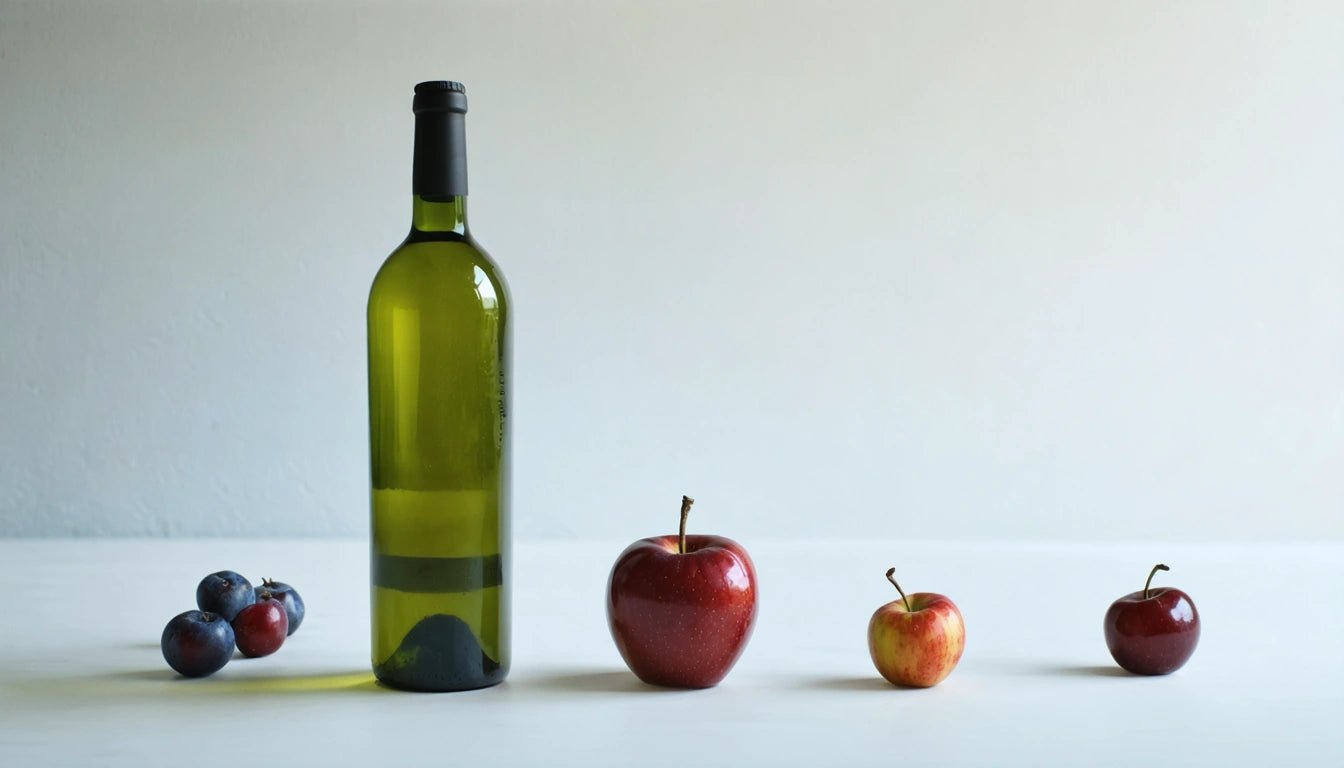Understanding the Volume and Significance of 750 ml: A Comprehensive Guide
The measurement of 750 ml appears frequently on product packaging, particularly for beverages and liquid consumables. Understanding how big 750 ml actually is and what this volume represents can help consumers make informed purchasing decisions and better comprehend product quantities. This guide explores the significance, conversions, and practical applications of this common volume measurement.
What is 750 ml? Volume Explained
750 ml (milliliters) is a metric measurement of volume equal to 750 cubic centimeters. Milliliters are part of the metric system, which is used globally for scientific and commercial measurements. To visualize how much 750 ml is, imagine three cups of liquid or about three-quarters of a standard liter bottle.
According to bottle measurement standards, 750 ml has become the international standard volume for wine bottles and many spirits. This standardization helps with shipping efficiency, storage considerations, and consumer expectations.
Converting 750 ml to Other Measurements
Understanding how much is 750 ml in various measurement systems helps provide context:
- 750 ml = 25.36 fluid ounces (approximately)
- 750 ml = 3.17 US cups
- 750 ml = 0.75 liters (exactly)
- 750 ml = 0.198 US gallons (approximately)
- 750 ml = 1.59 US pints
For those wondering how much is 750ml in the context of common containers, it's slightly more than a standard wine bottle. Converting between measurement systems is essential when dealing with recipes or product specifications from different regions.
Ounces to Milliliters Conversion
When converting from fluid ounces to milliliters:
- 1 fluid ounce = 29.57 ml
- 25.4 fluid ounces ≈ 750 ml
This conversion is particularly useful when following recipes or understanding product quantities listed in different measurement systems, as detailed in this comprehensive conversion guide.
750 ml in Everyday Products
The 750 ml size is commonly found in various consumer products:
Beverage Industry
In the beverage industry, 750 ml is the standard size for wine bottles and many spirits. This volume has historical significance and practical applications in terms of serving sizes and portioning. The wine industry globally has adopted this as the standard bottle size, sometimes referred to as a "fifth" in the United States.
Cannabis and Hemp Products
In the cannabis industry, liquid products like tinctures and oils sometimes come in 750 ml bottles for bulk or commercial use. Our suppliers of premium rolling accessories and pre-rolled cones often recommend appropriate container sizes based on product volume and consumer preferences.
Other Applications
Beyond beverages, 750 ml containers are used for:
- Cooking oils and vinegars
- Liquid soap and detergents
- Some pharmaceutical products
- Personal care items
Why 750 ml Became a Standard
The 750 ml bottle size has an interesting history. It originated from the historical measurement of a "fifth" (one-fifth of a gallon) in the United States, which equals approximately 757 ml. When the metric system was adopted internationally, this was rounded to the neater 750 ml for standardization.
According to historical packaging standards, the 750 ml size offers several advantages:
- Practical for individual or small group consumption
- Efficient for shipping and storage
- Balanced weight that's manageable for pouring
- Standardized for regulatory and taxation purposes
Visual Representations of 750 ml
For those wondering what size is 750 ml in practical terms, here are some visual comparisons:
- Three standard 250 ml drinking glasses
- About 2.5 standard 12-ounce cans of soda (which contain about 355 ml each)
- Slightly more than a pint and a half of beer
- Three-quarters of a standard 1-liter bottle
Understanding what is 750ml in relation to familiar objects helps consumers visualize the volume when making purchasing decisions or following recipes.
Practical Applications and Future of 750 ml Packaging
The 750 ml standard continues to evolve with changing consumer preferences and sustainability considerations. Modern packaging innovations are addressing several aspects of this traditional size:
- Lightweight glass and alternative materials reducing the carbon footprint
- Ergonomic designs improving handling and pouring
- Resealable options extending product freshness
- Sustainable packaging materials addressing environmental concerns
For industries like cannabis, where various container sizes are used for different products, understanding standard volumes helps with compliance and consumer education.
As measurement standards continue to harmonize globally, the 750 ml size remains a practical volume that bridges metric and imperial systems. Whether you're purchasing beverages, cooking ingredients, or specialized products, understanding what 750 ml represents provides valuable context for making informed decisions.



















